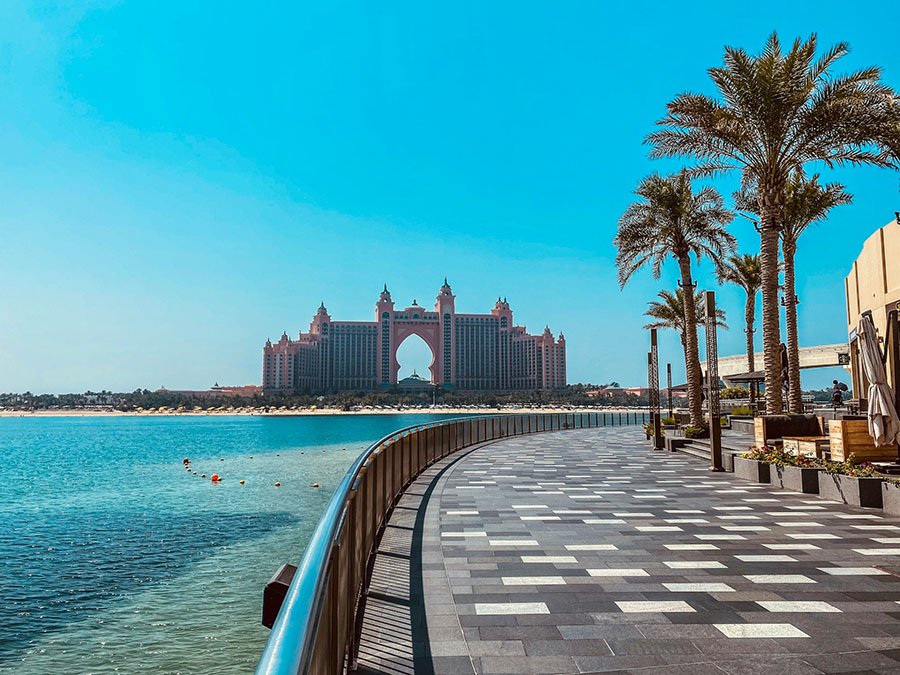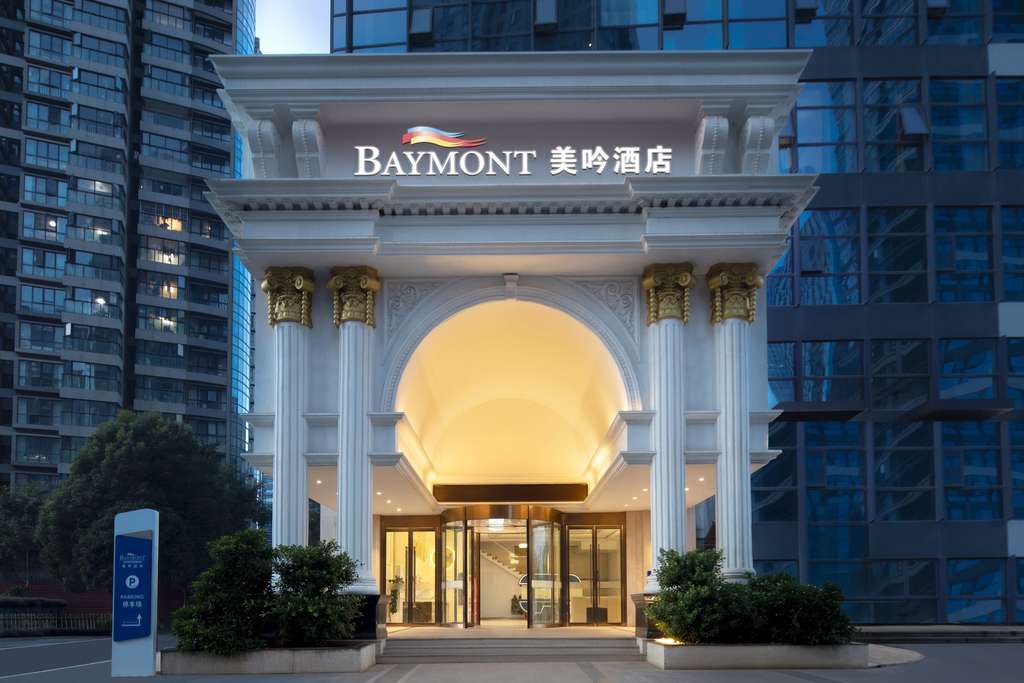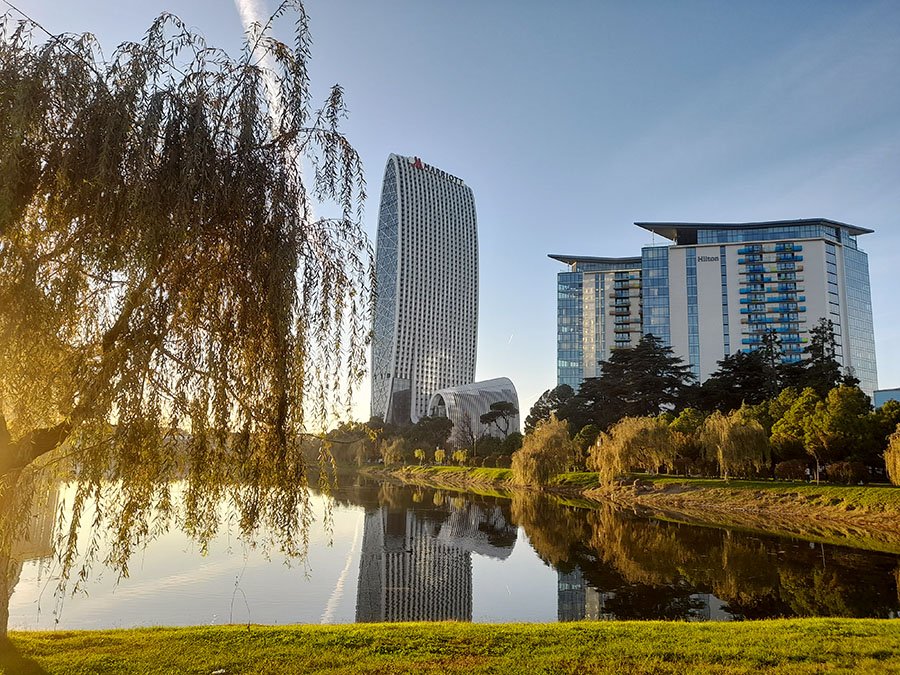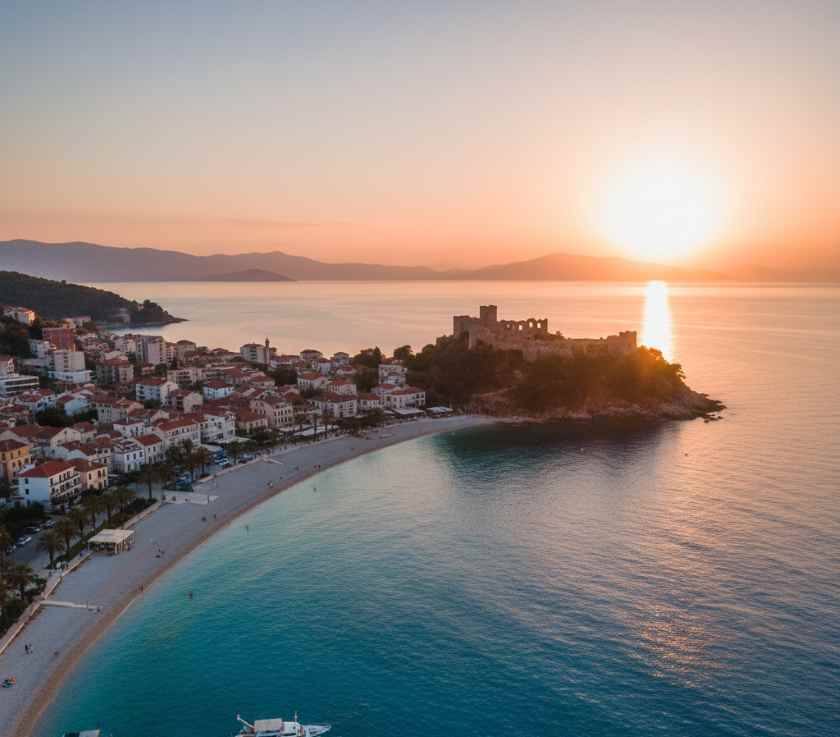читайте также
 Assets of Russians in the UAE Reach 1 Trillion Rubles: FTS Expands Inspections
Assets of Russians in the UAE Reach 1 Trillion Rubles: FTS Expands Inspections
 Wyndham Expands Its Global Presence: Baymont Debuts in the Asia-Pacific Region
Wyndham Expands Its Global Presence: Baymont Debuts in the Asia-Pacific Region
 Latin America’s Hotel Construction Pipeline Hits Record Highs: 17% Year-Over-Year Growth and a Strong Shift Toward Luxury
Latin America’s Hotel Construction Pipeline Hits Record Highs: 17% Year-Over-Year Growth and a Strong Shift Toward Luxury
 Georgia’s Real Estate in October 2025: What’s Happening in Tbilisi and Batumi
Georgia’s Real Estate in October 2025: What’s Happening in Tbilisi and Batumi
 U.S. Introduces Dual Pricing in National Parks: What Will Change in 2026
U.S. Introduces Dual Pricing in National Parks: What Will Change in 2026
 Europe’s New EES Border System Launches in Chaos: Three-Hour Queues, Broken Kiosks, Unprepared Travelers, and Delays Up to 340%
Europe’s New EES Border System Launches in Chaos: Three-Hour Queues, Broken Kiosks, Unprepared Travelers, and Delays Up to 340%
Tourism & hospitality / Analytics / News / Albania / Tourism Albania / Georgia / Tourism Georgia 27.11.2025
Albania’s Tourism in 2025: October Growth Cannot Hide a More Than 7% Drop in Foreign Visitors

Albania ends 2025 with a contradictory tourism dynamic. Despite an impressive October surge — a 19.3% increase in foreign arrivals compared to October 2024 — the overall yearly figure shows a decline of more than 7%. According to INSTAT, this reflects structural weaknesses that cannot be offset by short-term seasonal spikes.
Meanwhile, neighboring Georgia is moving in the opposite direction: by the end of the first ten months of 2025, it demonstrates a stable rise in foreign arrivals, especially from EU countries and the Middle East. Unlike Albania, which is losing European budget travelers, Georgia continues expanding its audience and strengthening its reputation as a versatile, year-round destination.
October Surge: 908,000 Visitors, but Annual Performance Remains Weak
In October, Albania welcomed 908,000 foreign tourists — a record for the autumn season. Mild weather and the absence of peak summer crowds made the country an attractive alternative for off-season travel.
However, the cumulative annual number of foreign arrivals remains below the 2024 level. The decline is driven by reduced interest from European budget travelers, unstable flight schedules, and intensifying competition across the Mediterranean.
A comparison with Georgia reveals a striking contrast:
Georgia maintains stable inbound growth in 2025 despite geopolitical uncertainty and market saturation.
According to the Georgian National Tourism Administration, international visits increased by 12–14% year-on-year over ten months. This highlights the long-term difference in the resilience of the two tourism models.
Malaysia and China — Drivers of Albania’s Asian Tourism Growth
In 2025, Albania recorded strong growth in arrivals from Malaysia and China. These Asian markets are becoming important compensators as European demand declines.
Georgia is also experiencing rapid expansion in Asian tourism — especially from China, Saudi Arabia, the UAE, and India — but the structure of visitor flows differs significantly.
Georgia attracts primarily independent high-spending travelers, while Albania hosts a larger share of organized tour groups.
As a result, Albania’s growth in Asian arrivals does exist, but it does not generate the same economic impact as Georgia’s “premium tourism” model.
Albania Upgrades Infrastructure, but Georgia Benefits from Diversified Demand
The Albanian government continues to invest heavily in roads, hotels, coastal zones, and tourism services. Yet the country still relies predominantly on one type of tourism — seasonal, beach-focused travel.
Georgia, by contrast, shows resilience even in the “low” season. It attracts visitors with:
– winter sports,
– gastronomy and wine culture,
– urban architecture in Tbilisi and Batumi,
– historical routes,
– natural healing resorts,
– business events and conferences.
This diversification enables Georgia to grow even while tourism stagnates or declines across parts of the region.
According to International Investment, the gap between Albania and Georgia becomes especially noticeable in 2025.
Experts highlight:
Albania sees growth in certain months but loses stability in its annual trend.
Georgia strengthens its position with double-digit growth and a more diversified tourist structure.
Albania is beginning to lose the competitive race for European travelers due to limited seasonality and insufficient inland infrastructure.
Georgia wins through a year-round tourism model and a wide geographic spread of source markets.
Albania remains a rising destination, but the more than 7% decline in foreign arrivals signals the need for an urgent strategic adjustment. As Georgia accelerates, the gap between the two markets may widen if Albania does not diversify its offerings and reinforce the long-term sustainability of its tourism industry.





